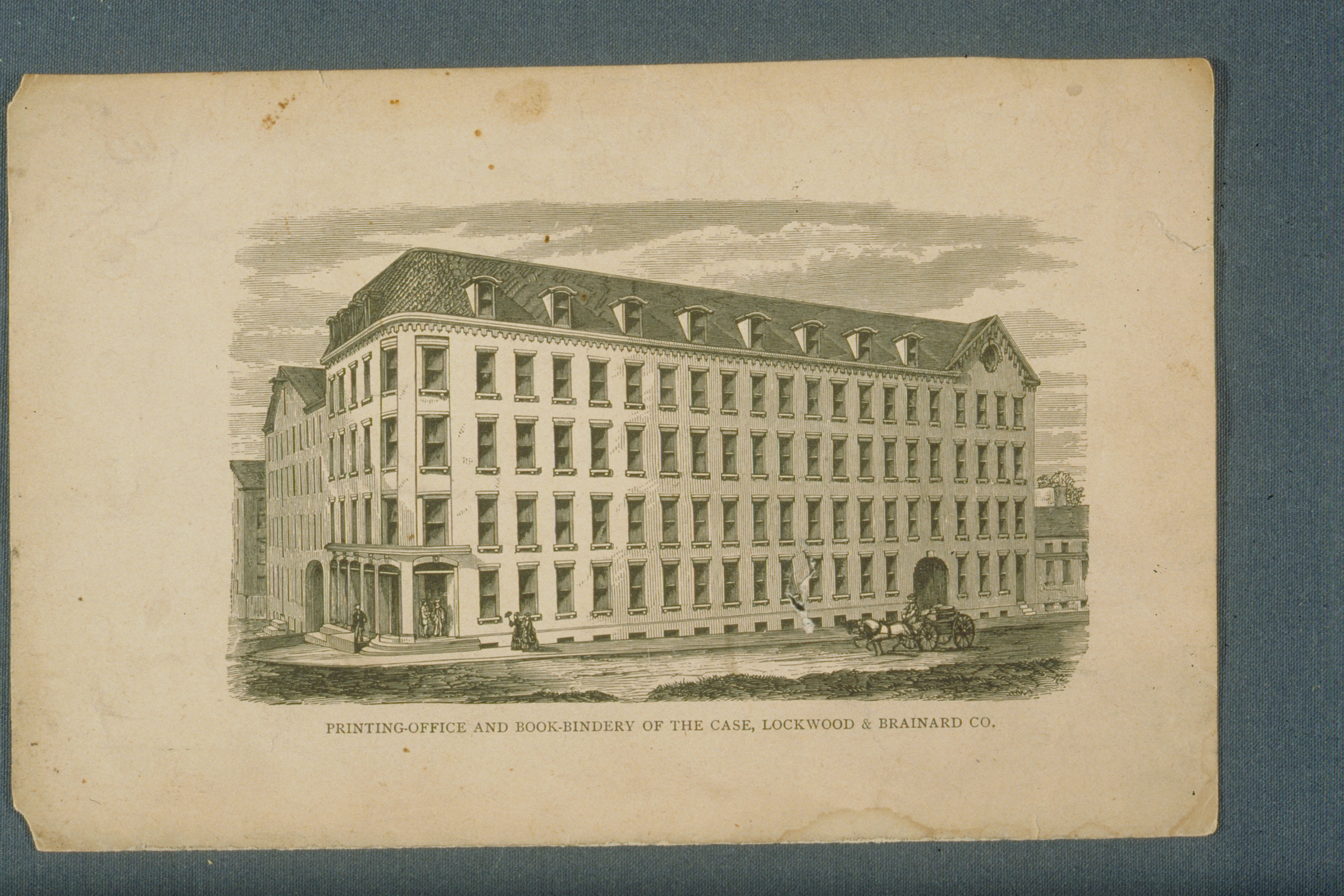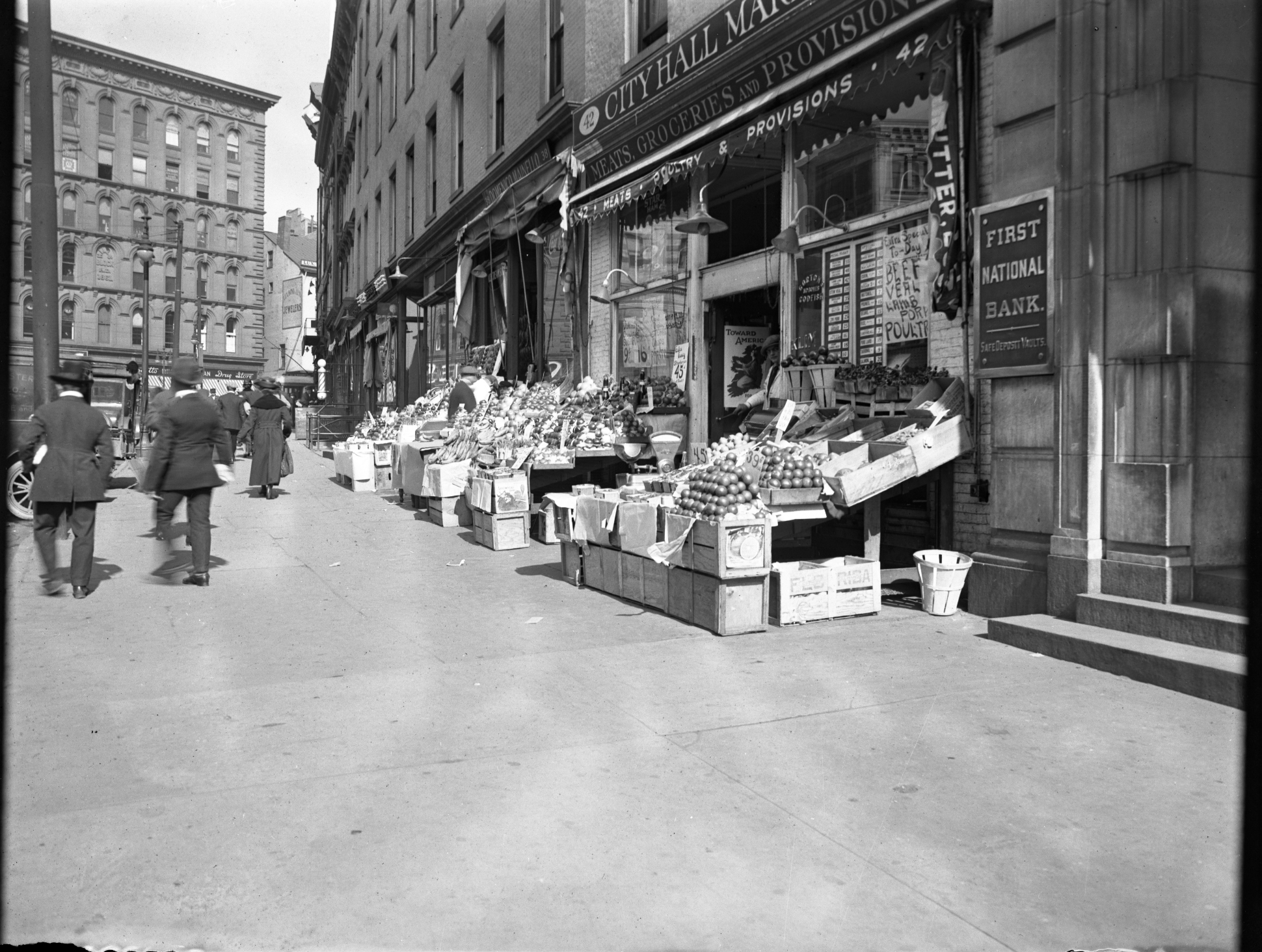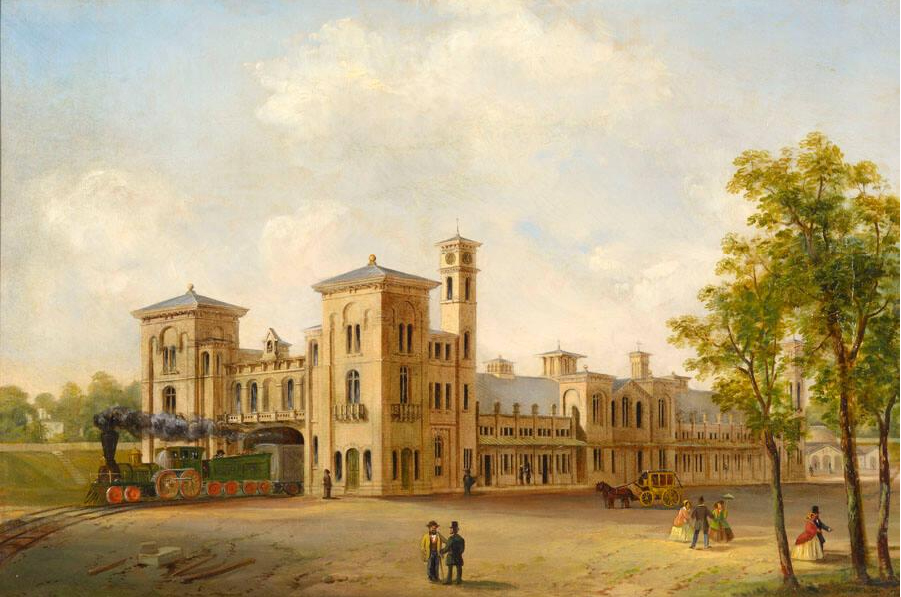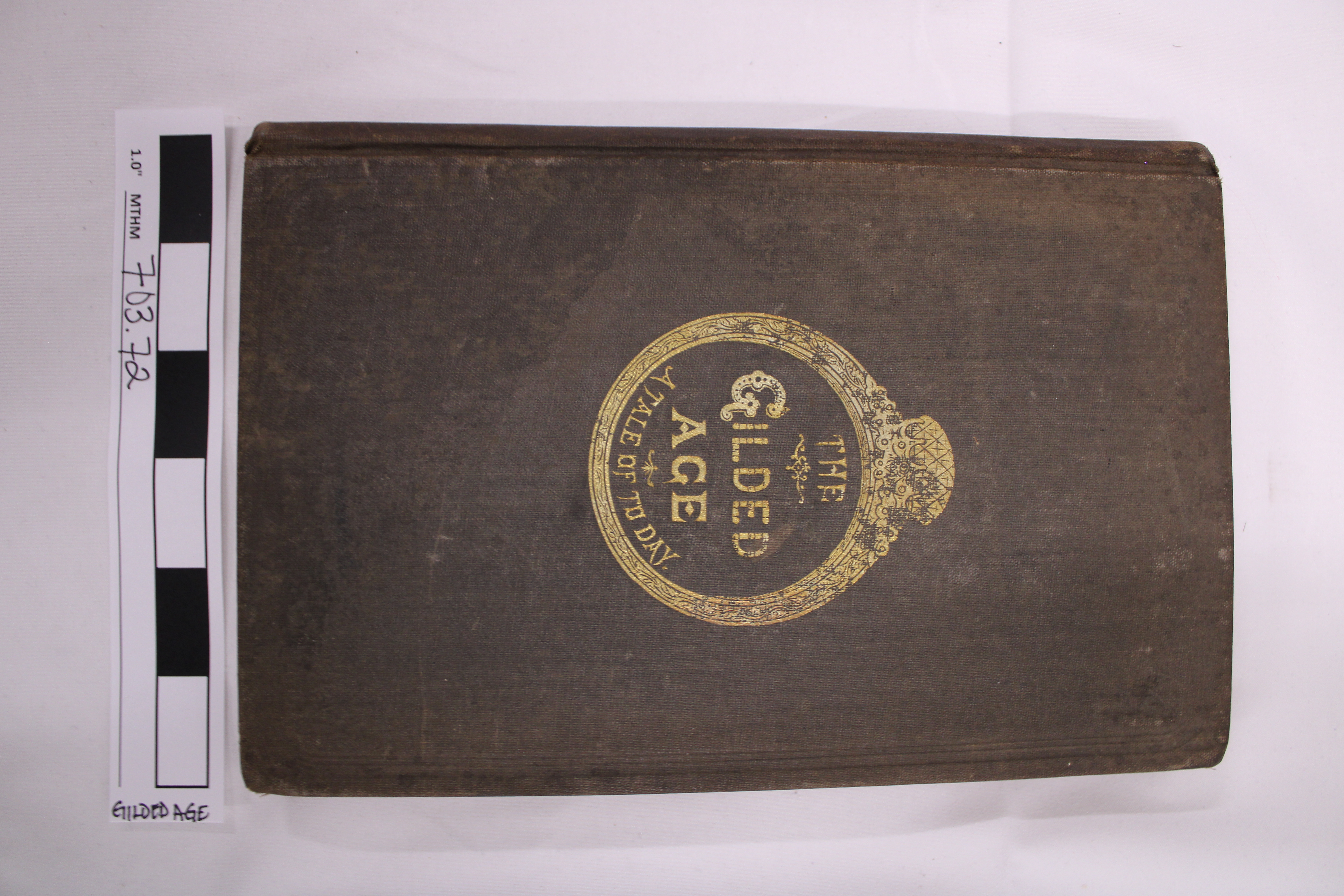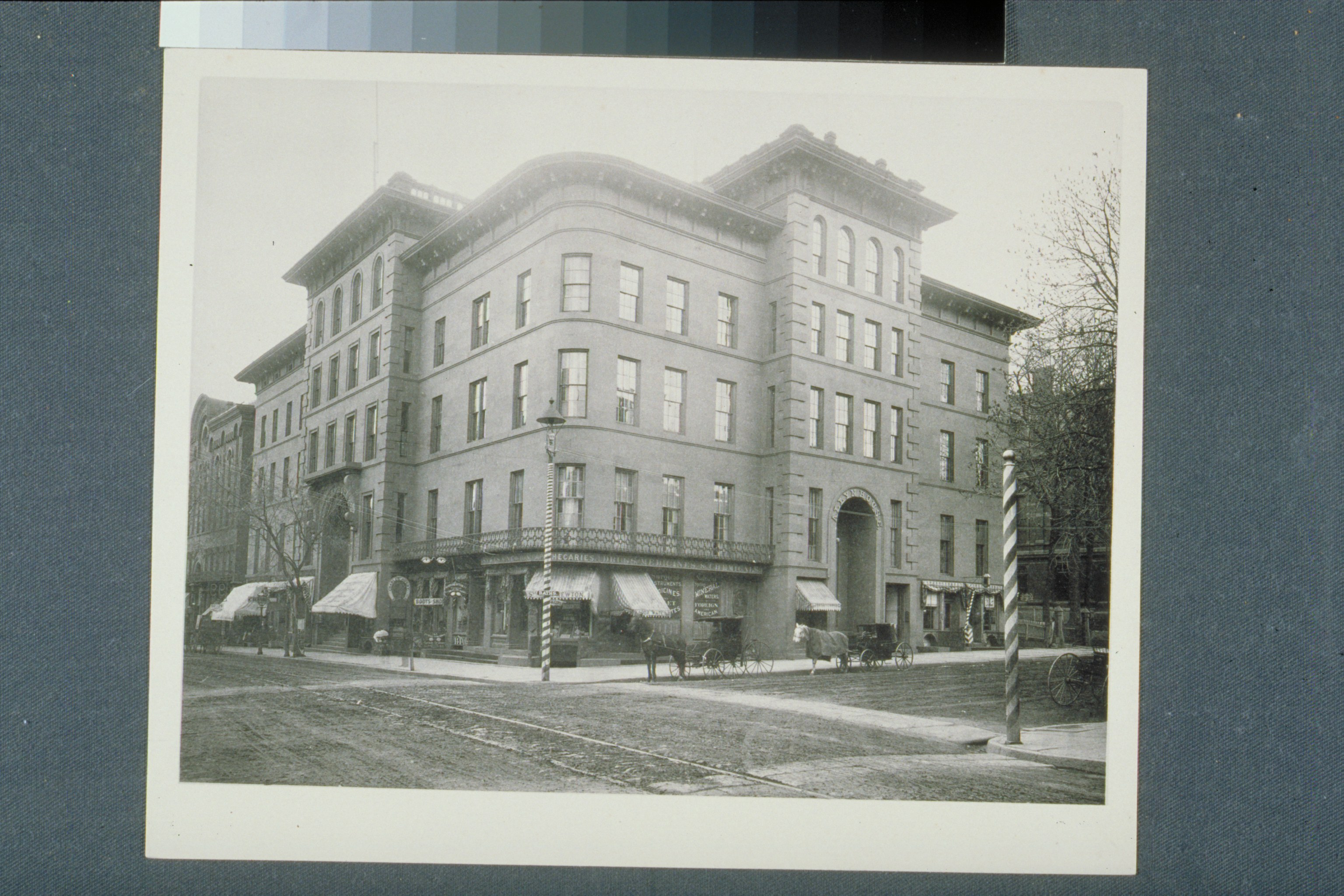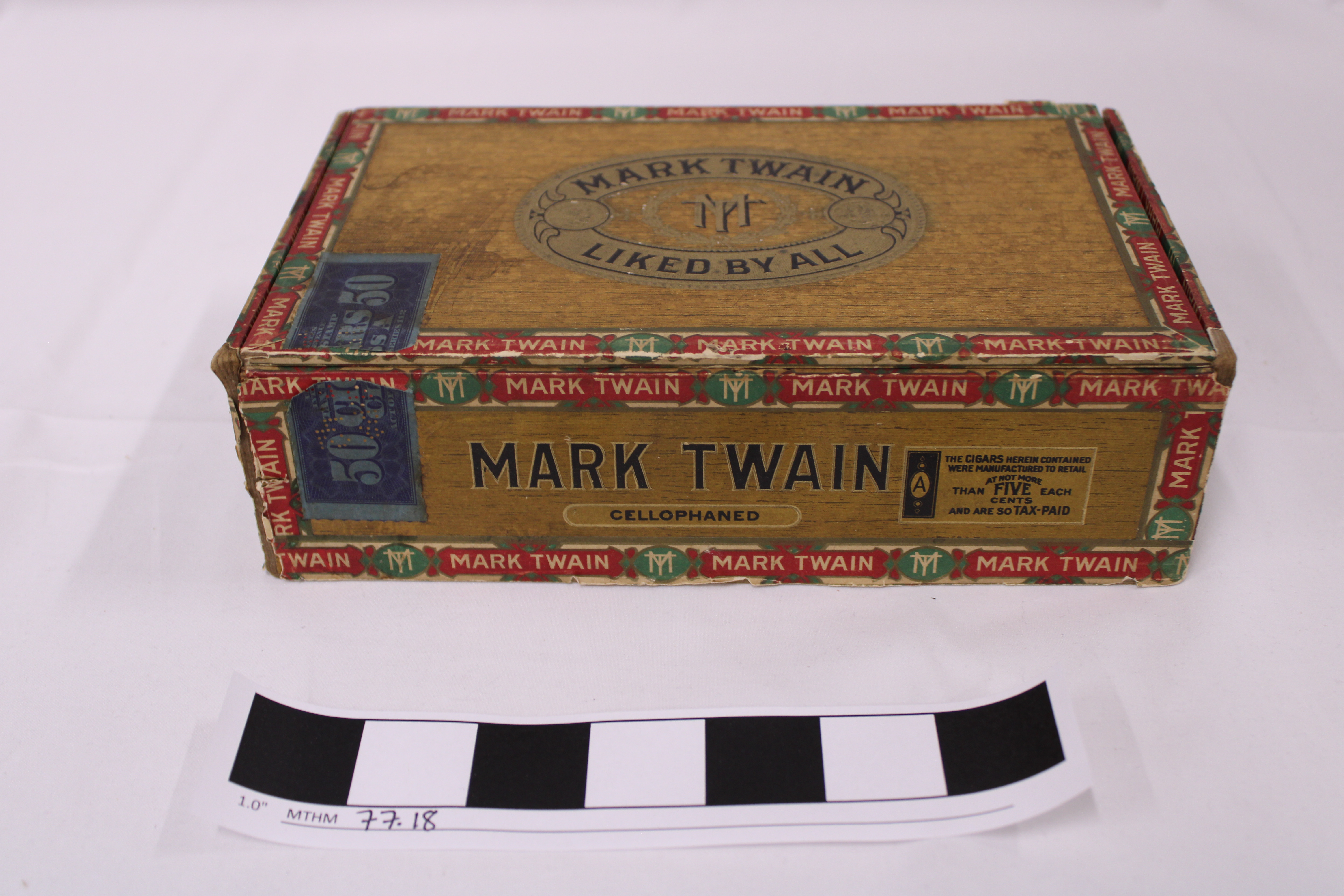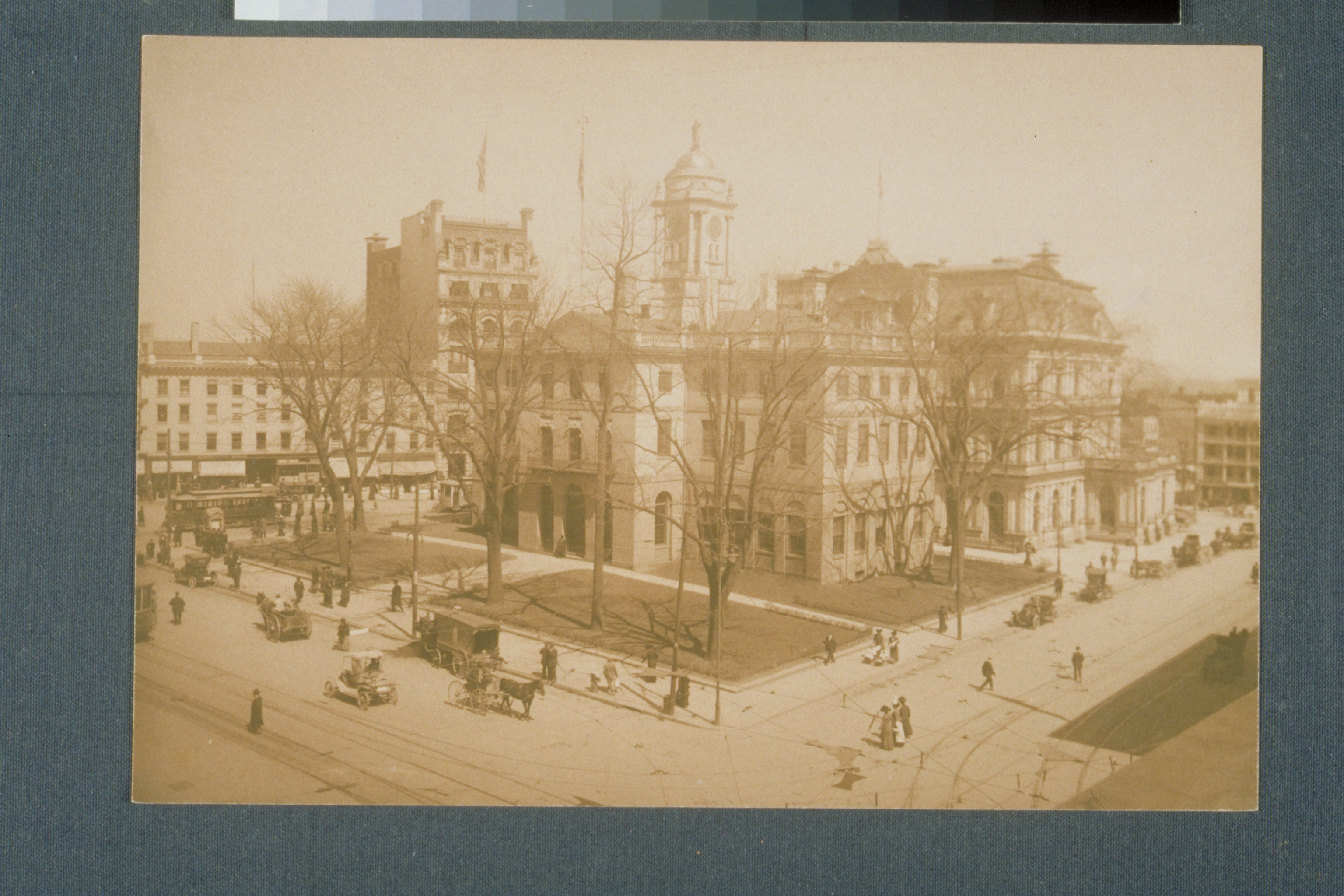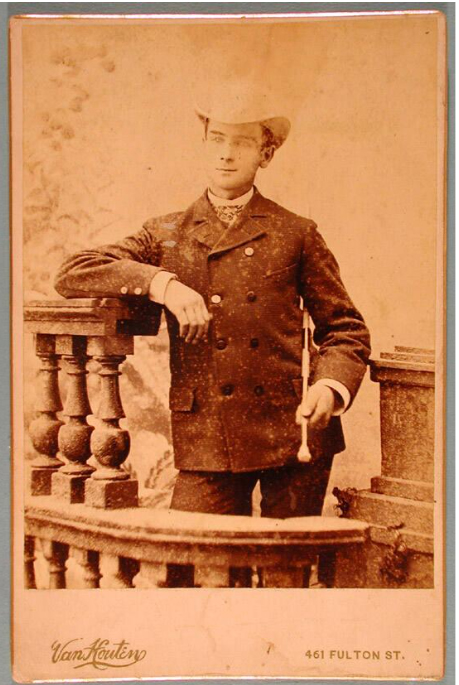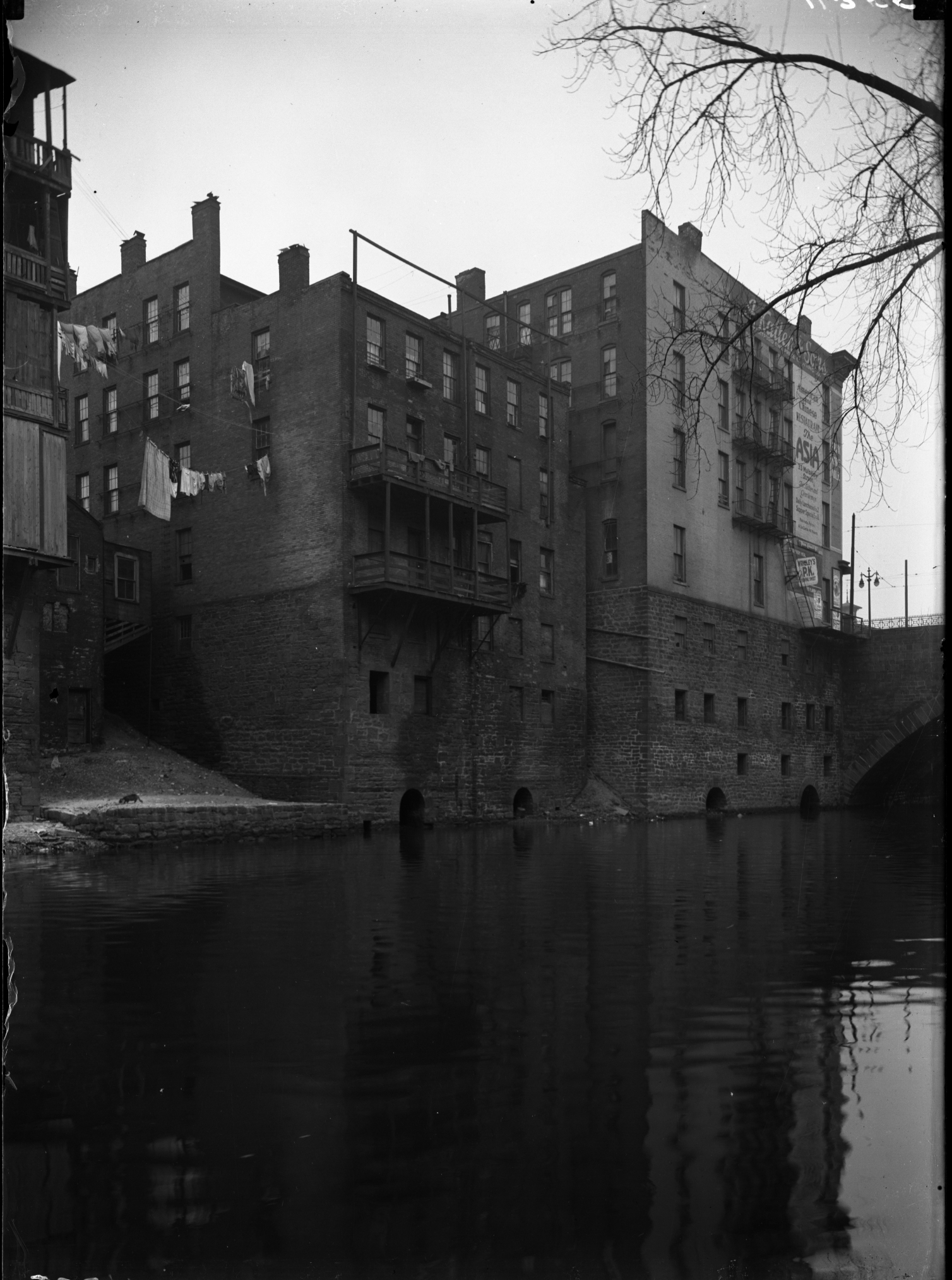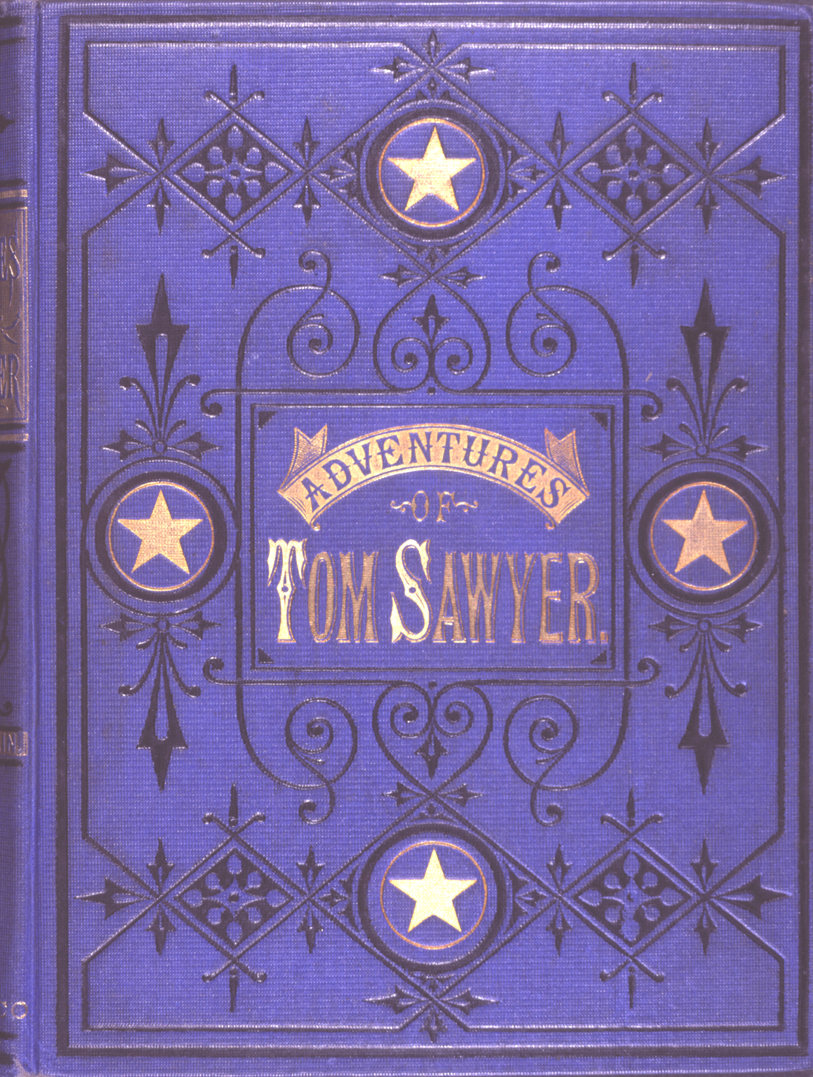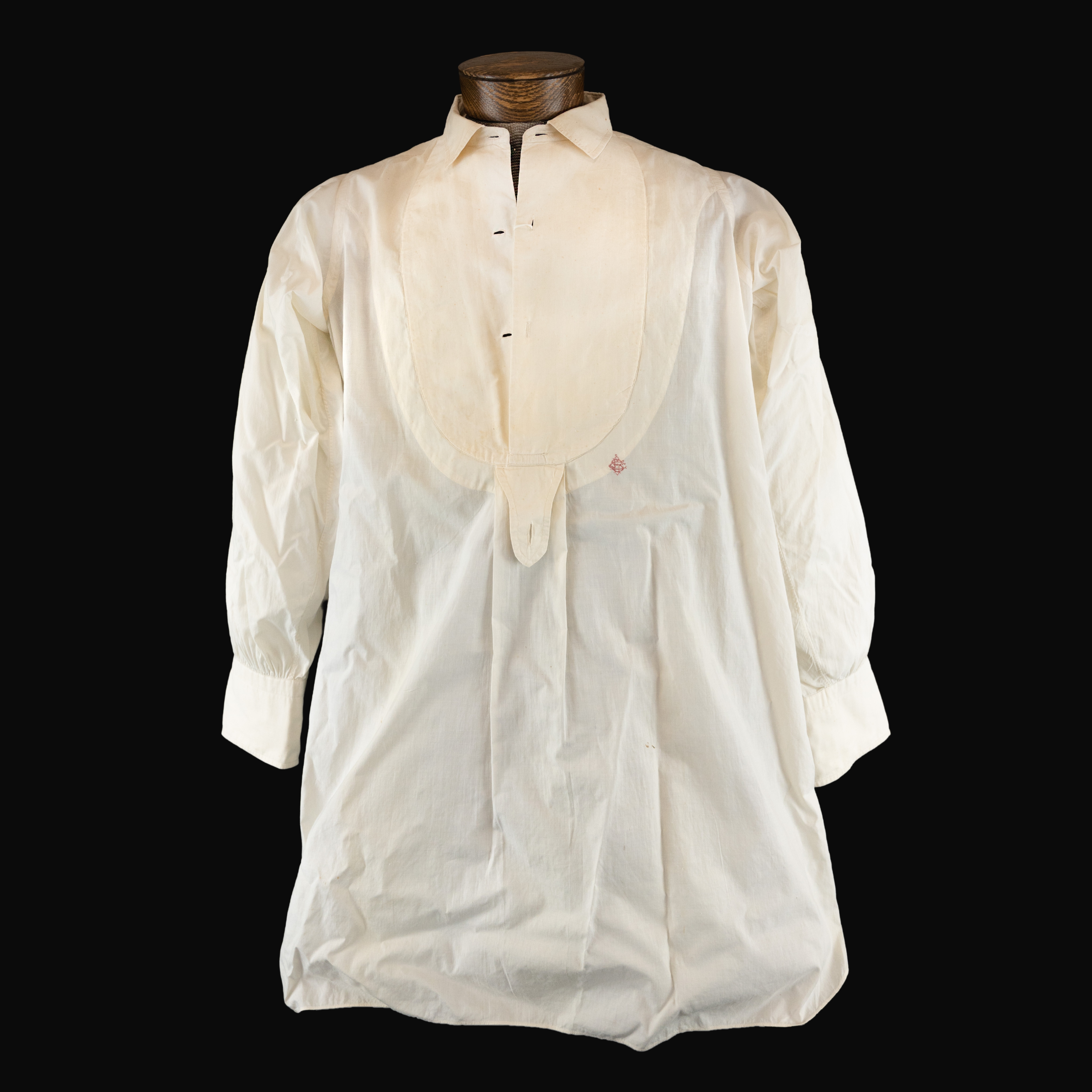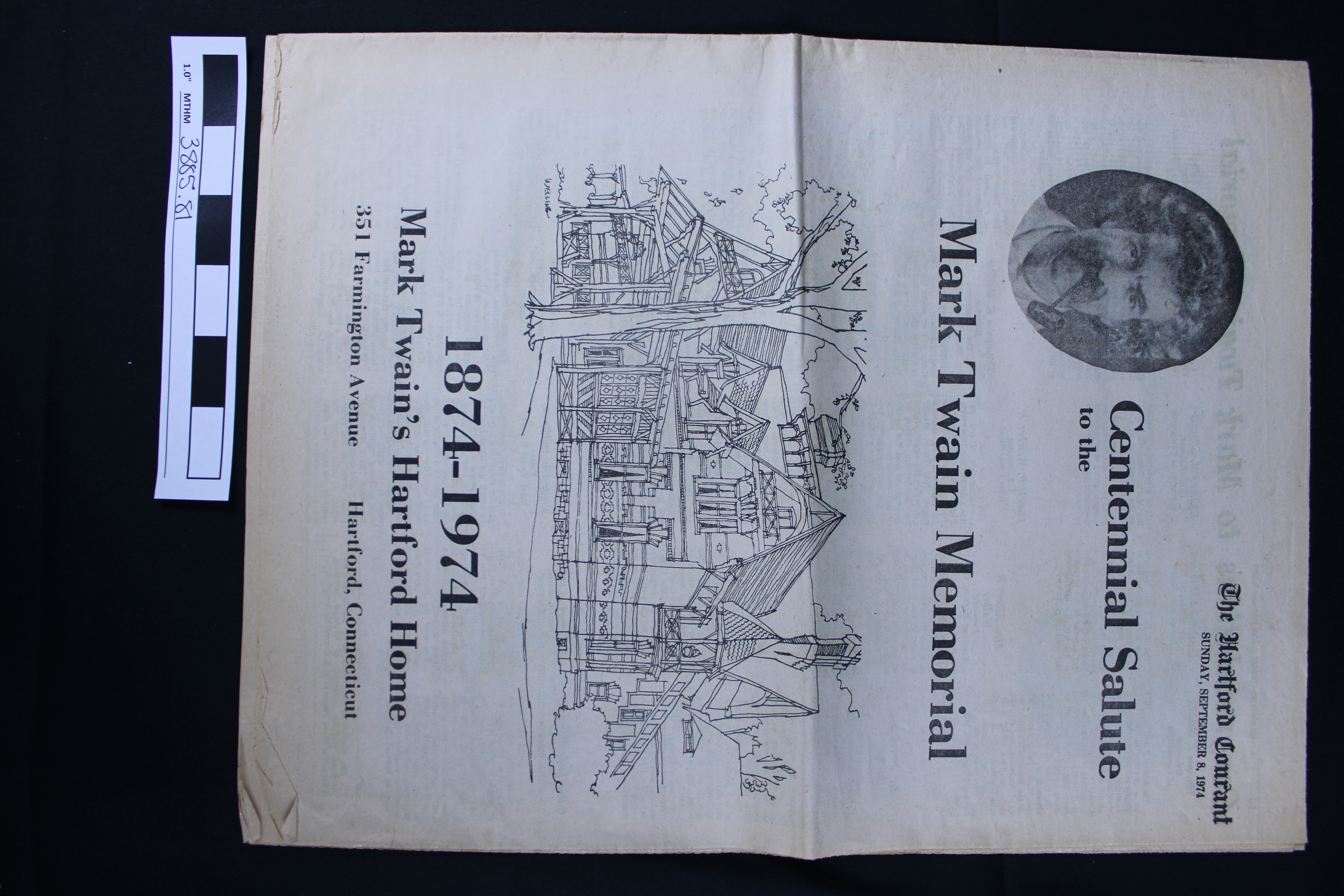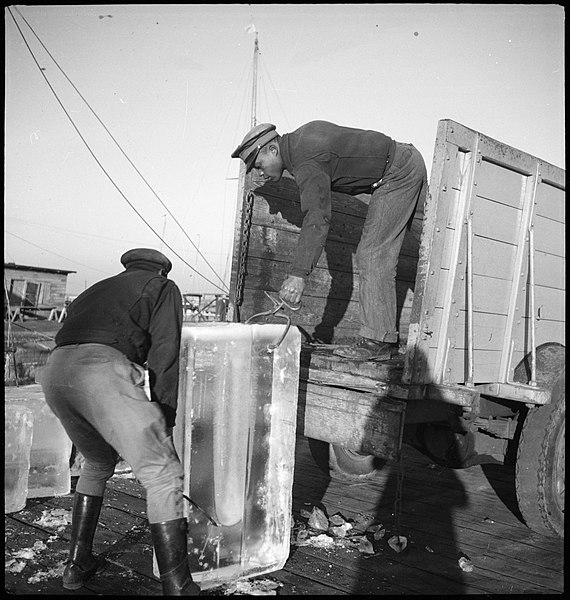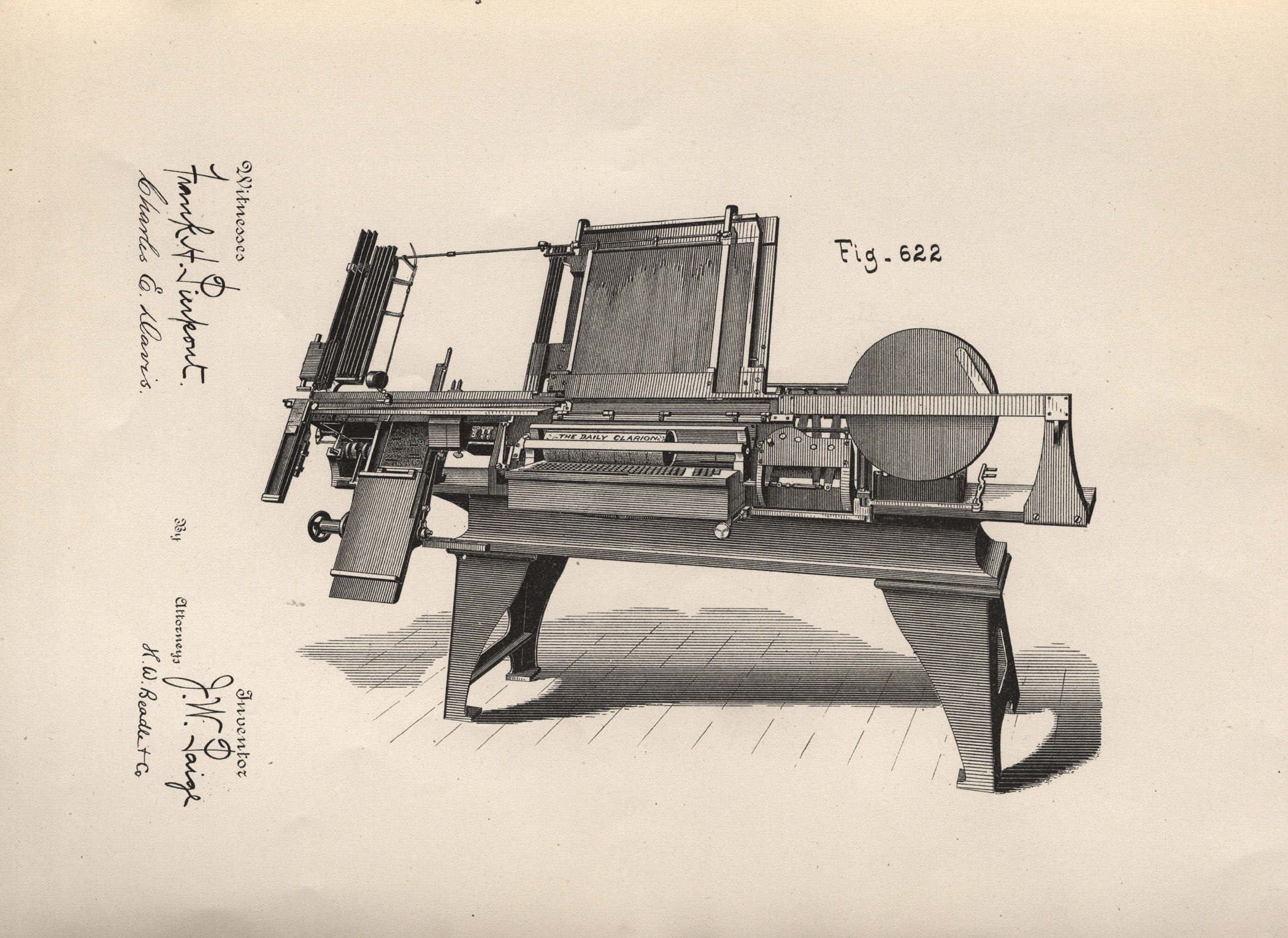Case, Lockwood & Brainard
The Case, Lockwood, and Brainard Company was founded in the early 19th century in Hartford by resident Newton Case. His company grew along with Hartford, as the industrial revolution changed the city. Eventually Case, Lockwood and Brainard became the largest printing company in the state and one of the largest in the country. Case had a knack for implementing new technology and pairing it with developing markets for printing industry products. Unlike printing giants Harper and Brothers and G.P Putnam and Sons that still exist, Case, Lockwood & Brainard expanded its business to include things like job printing, binding, and blank book production which strayed from its original foundation focused solely on book publishing.
Case, Lockwood, and Brainard went through various partners (and therefore names) before it finally settled on its final iteration in 1873. Throughout its history the company had success printing dictionaries, Bibles, account books, poetry, textbooks, and ruled notebooks. They also published works for Hartford residents such as Horace Bushnell and Catherine Beecher. The company was often hired for large printing jobs by other sizable publishers due to their successful track record. In 1873, the company was able to secure its own paper mill through the Hartford Paper Company which allowed them to drastically cut costs and put out a more consistent final product.
Case, Lockwood, and Brainard began to outgrow their space in The Old Jail building they had been using as their company headquarters and production center. They rented space nearby while the space was demolished, and their new factory was built in its place at the corner of Trumbull and Pearl streets. The new building was four floors and contained shop and office space, and was designed to house different aspects of their business under one roof.
The company was also quick to assist other businesses in the community if they were needed. After the Hartford Times newspaper building experienced a fire in its printing shop, they were allowed to set up a press in the basement of the Case, Lockwood, and Brainard building to put out the daily and weekly editions while their workspace was being reconstructed. They did this again in 1888 for the Evening Post when they experienced their own fiery disaster.
Case, Lockwood, and Brainard worked with Samuel Clemens and the American Publishing Company to print and bind his books for subscription selling. Selling books upon subscription was a clever publishing scheme Clemens used to get his books into the hands of the general public and grow his brand recognition. Instead of buying Twain’s books in a bookstore like we do today, for each book, a salesman would go door to door, showing potential customers sample chapters, and letting them choose their preferred binding option.
Getting his books into the hands of customers faster and easier was an obsession for Samuel Clemens. At the time each page of a book was set by hand and then printed through a printing press. In the 1870s & 1880s, Clemens decided to financially support the invention of a typesetting machine called the Paige Compositor, developed by James W. Paige. The goal of this machine was to automate the typesetting and printing processes, thus eliminating a substantial portion of the human workforce in favor of “faster and cheaper” production. Despite Clemens’ $300,000 (a multi-million dollar investment in today’s numbers) the Paige Compositor was a failure and was a large factor in Clemens’ bankruptcy and the family’s move away from Hartford.
The owners of the printing company, James Lockwood and Newton Case, died in 1888 and 1890 respectively. Case left a large estate behind, divided evenly between his daughter and the Hartford Theological Seminary. His daughter also received a lifetime lease to his house located in Nook Farm. Leverett Brainard took over as president of the company until his death in 1902. He was succeeded by Connecticut Senator Morgan Bulkeley who quickly hired Leverett’s son, Newton Case Brainard, a recent Yale graduate. The second Brainard ran the company from 1910 until 1952, even while serving as Hartford’s mayor from 1920-1922. He was also responsible for Hartford’s first airport, named Brainard Field.

